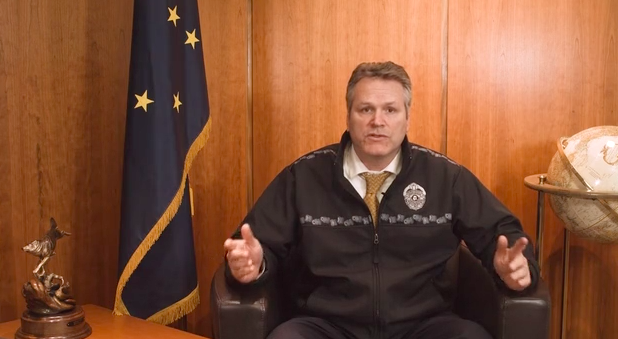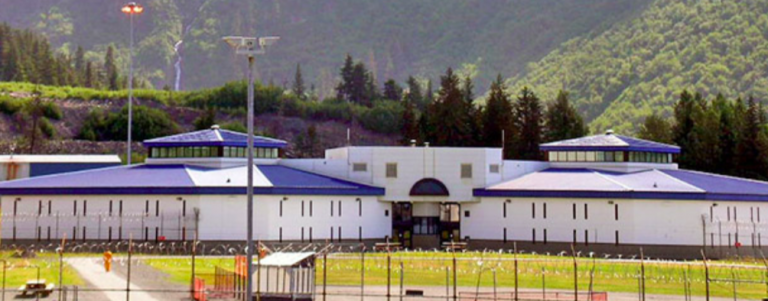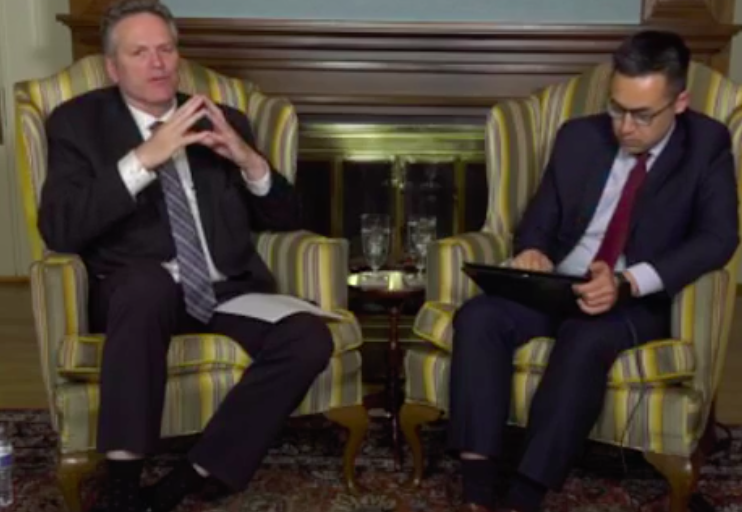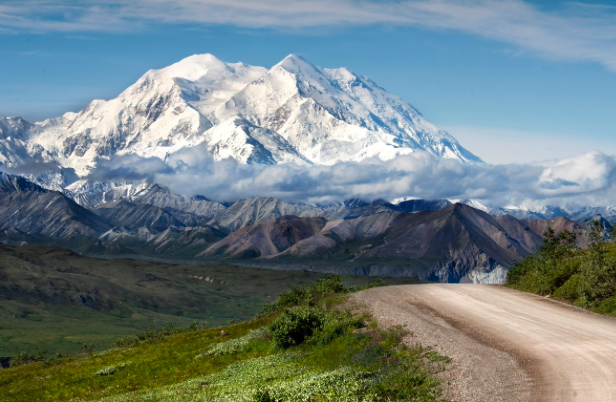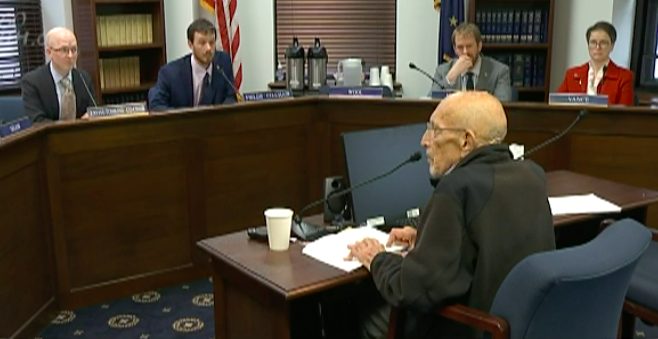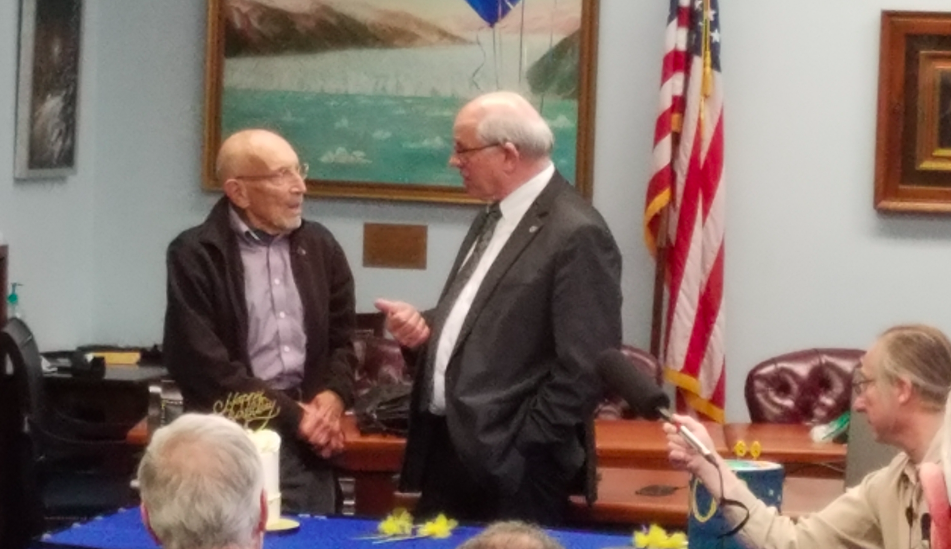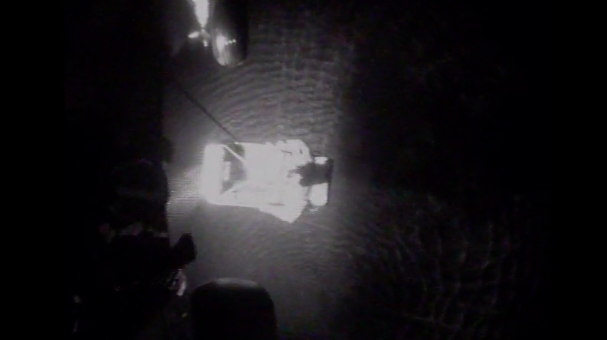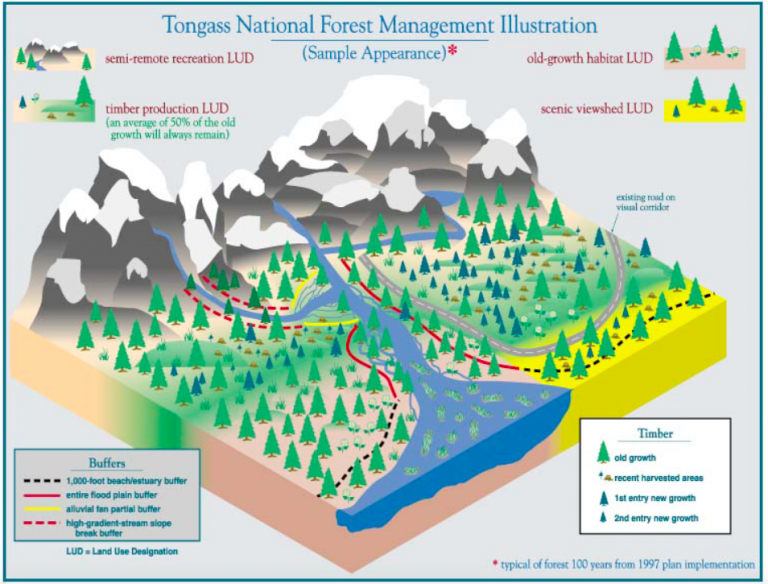REP. CLAMAN’S LIMP AMENDMENTS, SOFT ON CRIME
A watered down criminal justice bill that had been introduced in February by Gov. Michael Dunleavy passed the House, with numerous amendments and other bills jammed into it over the past few days.
The House Republican Minority today voted no, indicating it was too limp after Rep. Matt Claman’s amendments, but it wasn’t enough. The flaccid version of the bill passed with all Democrats and eight Republicans voting for it.
The House Majority rushed the HB 49 through during the House floor session that involved a flurry of amendments and a strict two-minute limit put on floor remarks by Speaker Bryce Edgmon. House Minority members rose and spoke at lightning speed to get their points into the time limit, and Edgmon abruptly cut them off, while allowing the Democrat-led Majority more leeway.
It will now go to the Senate for further work. The Senate is expected to harden some of the provisions softened by the House Majority.
But it’s not all bad. HB 49 unwinds some of the more egregious problems with the crime-spree bill known as SB 91.
Included in the bill is a requirement that sex offenders from other jurisdictions sign up for the Alaska sex offender registry when they relocate to the state.
HB 49 also increases the maximum period of probation or parole for sex offenders and prohibits sex offenders from receiving credit for good behavior while in prison or on parole.
Numerous amendments made on the House floor by the Democrat-led Majority made the Republicans uneasy on Wednesday, since they had not seen those amendments until the last minute and many of the amendments have complicated references that ping back to other pieces of law, requiring lawmakers to flip back and forth between numerous sections to figure out what a change means.
CLAMAN’S ‘SOFT ON ELDER RAPE’ AMENDMENT
One amendment that passed with Democrat-led Majority votes removed the governor’s language that would have made it a sex crime for a spouse to have sex with his/her spouse, if that spouse is incapacitated and cannot consent to sex, such as in cases of dementia, Alzheimer’s disease, coma, or simply being passed out.
The original provision was in HB 49 at the request of the Department of Law, which said it has an occasional case that involves this type of rape. It is a type of rape that cannot be prosecuted in Alaska.
Some 8,000 Alaskans have Alzheimer’s, a number that is expected to rise to 11,000 in 2025, as Alaska’s population ages. At present, women with Alzheimer’s who cannot consent to sex and don’t recognize their husbands have no protection against spousal rape. In a strange twist, Rep. Ivy Spohnholz and Rep. Geran Tarr, both champions for women, voted to allow this spousal rape crime to continue in Alaska uninterrupted.
Another provision in HB 49 pertains to offenders on probation or parole who commit technical violations. It was watered down by the House Majority to the SB 91 levels. Instead of the tougher language that would have preserved jail sentences for the first technical violation (such as drinking alcohol, using drugs), HB 49 allows offenders to continue bringing drugs into prisons and then cycle back out onto the streets.
The House Majority also returned the discretionary parole provisions to the SB 91 levels.
SB 91 expanded eligibility for discretionary parole to all offenders except unclassified sex offenders. For other sex offenders, eligibility for discretionary parole starts once they have served 50 percent of their sentence. SB 91 requires the parole board to hold hearings for all prisoners who are eligible, rather than wait for prisoners to apply for parole.
SLIM-JIMS MADE ILLEGAL
Some Republican lawmakers took issue with the HB 49 provision making it illegal to possess motor vehicle theft tools.
As they stated on the floor of the House, lower income Alaskans still sometimes have to jury-rig their vehicles to get them running and that possession of tools does not indicate intent to use them for nefarious purposes.
These vehicle theft tools are altered keys, shaved keys, slim-jims, jiggle keys, lock pullers, electronic unlocking devices or other vehicle unlocking mechanisms.
Rep. David Eastman said that the portion of the law comes perilously close to policing thought, since merely possession of a slim-jim doesn’t indicate someone intends to steal a car.
But proponents, such as Rep. Claman, said that the provision is exactly like the prohibition on possessing burglary tools, something that has been on the books for a while.
The vote was largely along caucus lines, with 24 yeas, and 14 nays. Both Reps. Mark Neuman, a Republican, and Chris Tuck, a Democrat, were excused.
Rep. Kelly Merrick of Eagle River said “My district was very clear when they sent me here.” She said HB 49 had been watered down too much from the original bill to win her vote. That was a sentiment also expressed by Rep. Sara Rasmussen, who said she had heard loud and clear from her neighbors that crime is their biggest concern and they are tired of being victimized by criminals.
But Rep. Matt Claman said the bill strikes the right balance between locking people up and making sure they get treatment, while Rep. Gary Knopp said it will save money because it will keep people out of prison.
Rep. Josh Revak had his doubts, saying, “If the bill is so great, I don’t understand why it would require 40 pages of amendments at the last minute.”
The bill is long, indeed, and does go some distance to reforming the omnibus SB 91 that is blamed for Alaska’s current crime problem.
But because it was rushed through House Finance this week and then rushed through a floor vote today, it reminded critics of when Sen. Nancy Pelosi once described Obamacare in 2010: “We have to pass the bill so that you can find out what is in it.”
